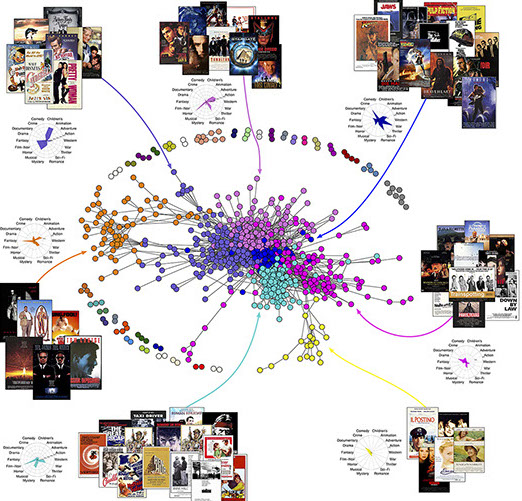Inferring monopartite projections of bipartite networks: an entropy-based approach

Whenever detecting a relationship between any two entities is unfeasible (either because impractical - as in the case of social systems - or impossible - as in the case of financial systems), a procedure to infer the presence of a connection from the available information must be devised.
This information is often encoded into a bipartite network, a representation evidencing co-behaviors of the entities under analysis (co-authorship, co-occurrences, etc.). The method presented in this paper rests upon the assumption that a large number of shared attributes proxies a significant nodes similarity, providing a clue of an otherwise undetectable connection between them.
More specifically, to infer the presence of a link between any two nodes, our method prescribes counting their number of shared attributes and comparing it with a statistical benchmark: as long as it is found to be significantly large, the considered two nodes are linked. A multiple hypothesis test is then applied, i.e., the False Discovery Rate procedure, a flexible tool that overcomes many of the limitations affecting similar criteria (e.g., the Bonferroni one).
Remarkably, our algorithm can be employed to define a novel recommendation system. An interesting problem concerning bipartite customers-goods networks, in fact, is devising a procedure for recommending products to users. Within our framework, such an issue can be addressed quite naturally by selecting those goods that have been “co-purchased” a significantly-large number of times, thus providing suggestions tailored to each user’s basket of preferences (and not just recommending the most popular items).